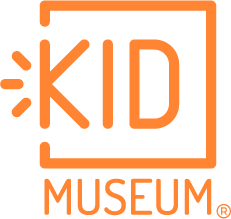Robots are machines programmed by humans to complete different tasks. They come in all shapes and sizes, and often don’t look like the robots you see on TV. Watch the videos below to learn about what robots are and all the different kinds of things we use them for around the world. Then, design your own model of a robot out of recycled materials. If you could bring your robot to life, what kind of task would it complete?
Suggested Materials:
– Cardboard boxes, empty tin cans or other recycled materials for the body of your robot
– Scissors
– Tape
– Glue
– Pencil and paper for sketching out your robot
– Colored pencils or markers
– Optional: aluminum foil, paint, straws, pipe cleaners and other supplies for decorating!
Tips and Thoughts:
– Start by thinking about what task you’d like your robot to complete, What parts will it need to have or what shape should it be?
– Draw a design sketch of your robot before building. Write down any special features or movements your robot will need to do and list materials you will need.
– How could a robot help make the world a better place?
Potential Resources:
– What is a robot? How do we use robots in real life?
– Ten robots that will change the world.
– Written Instructions: Robot Facts for Kids
Take this challenge to the next level: These robots are making the earth and Greener place!





